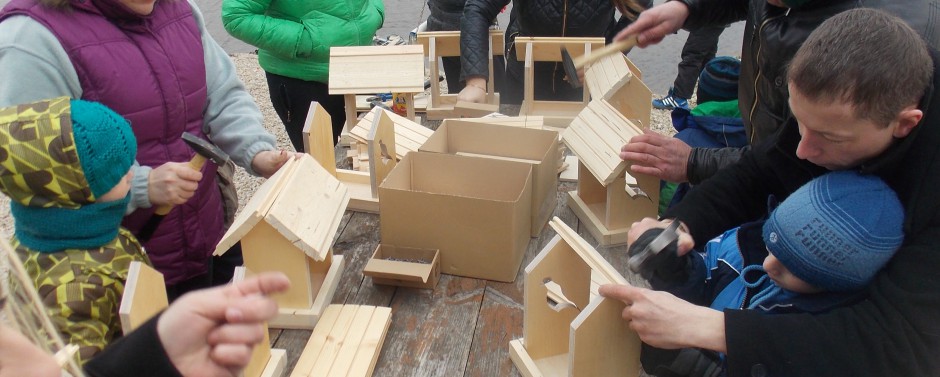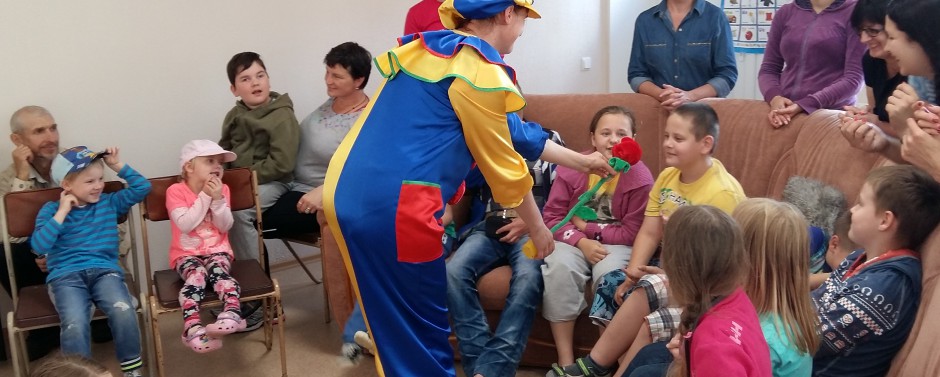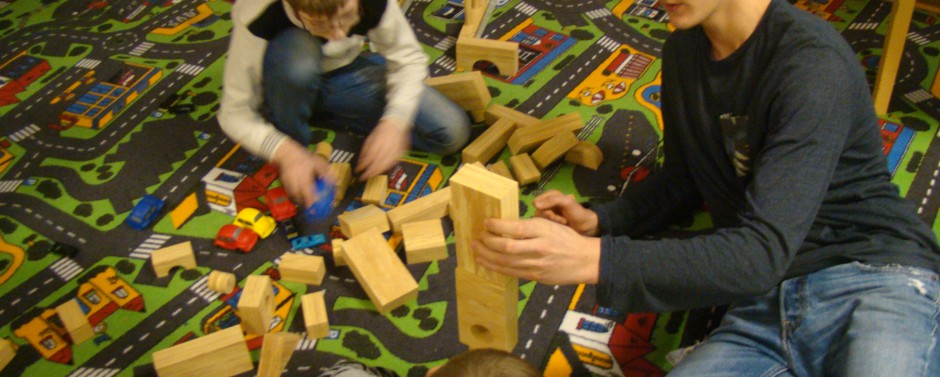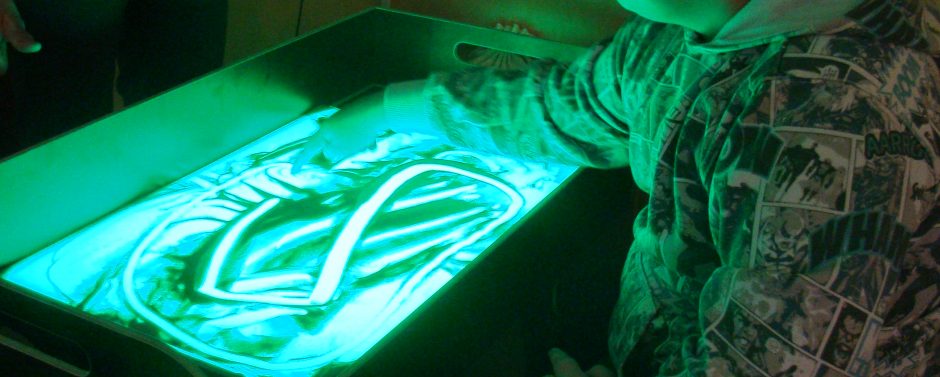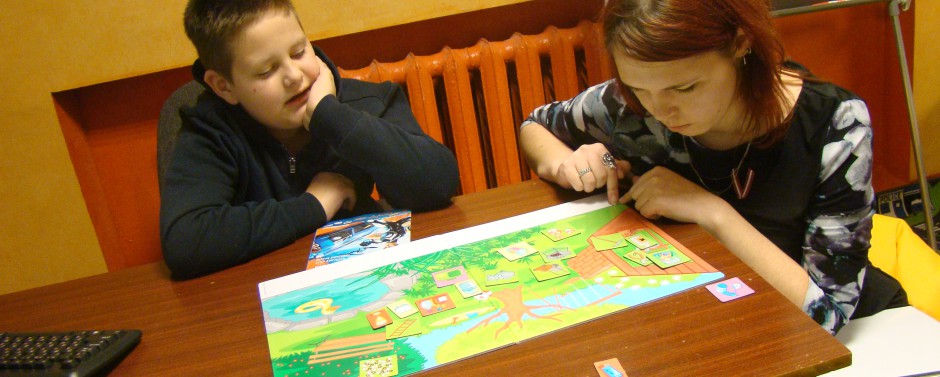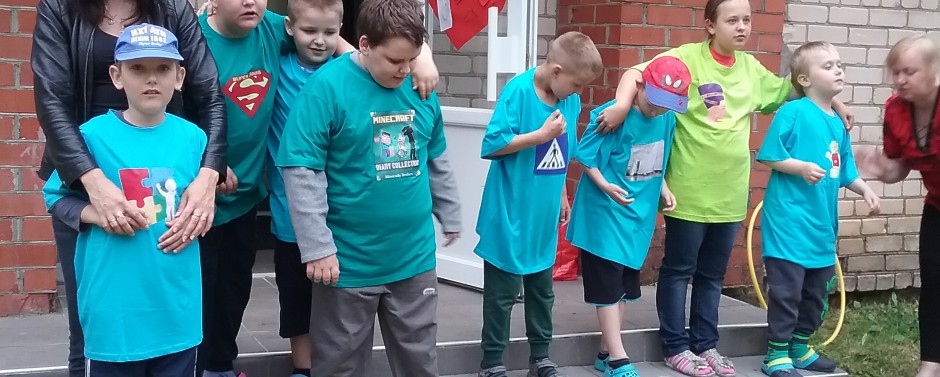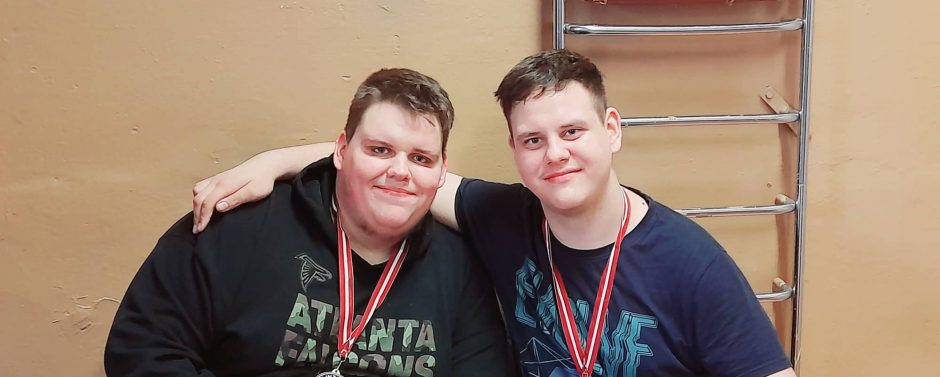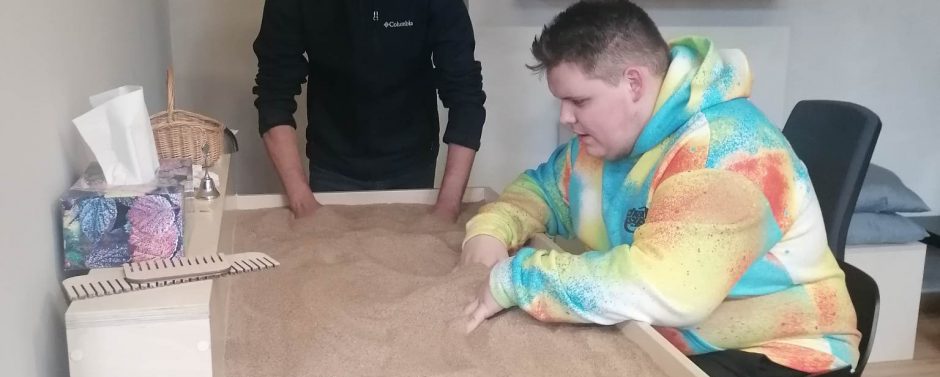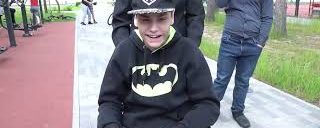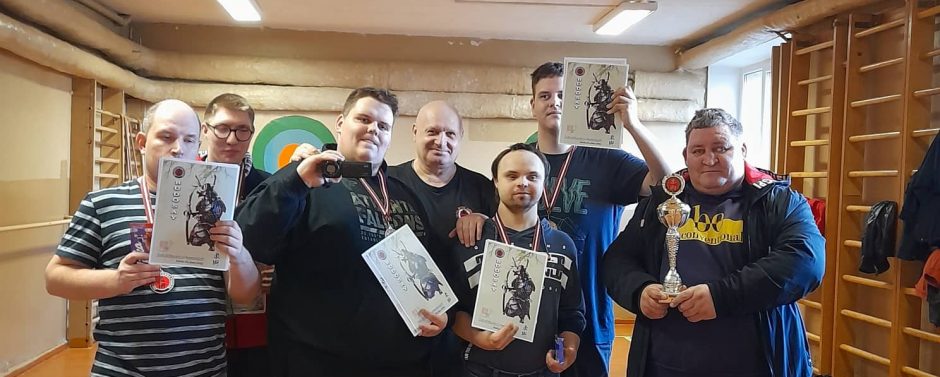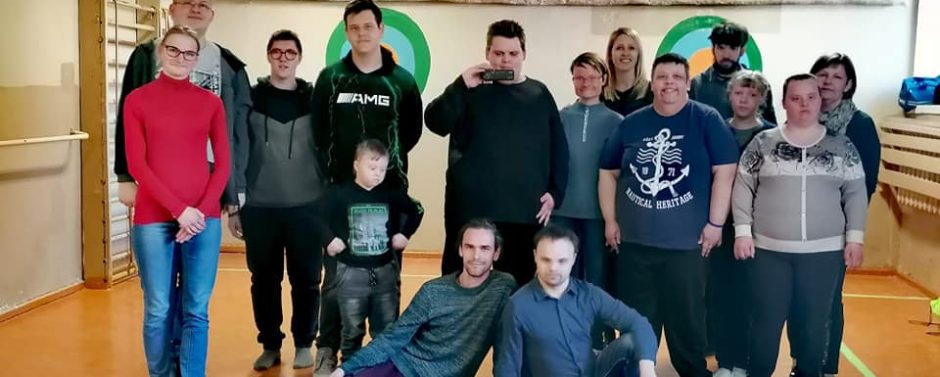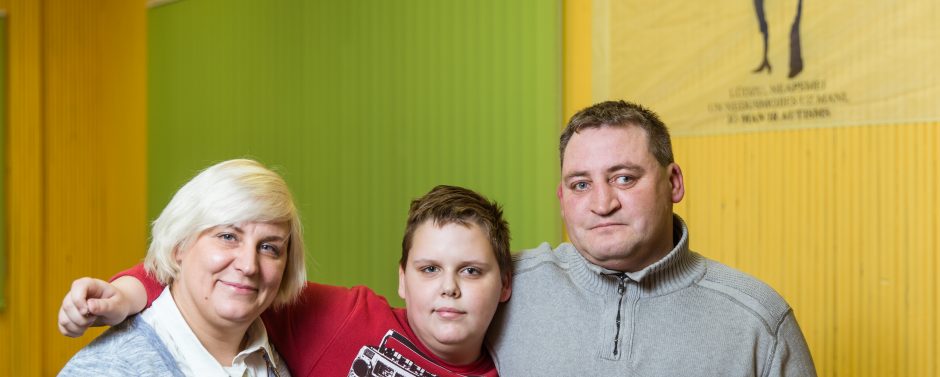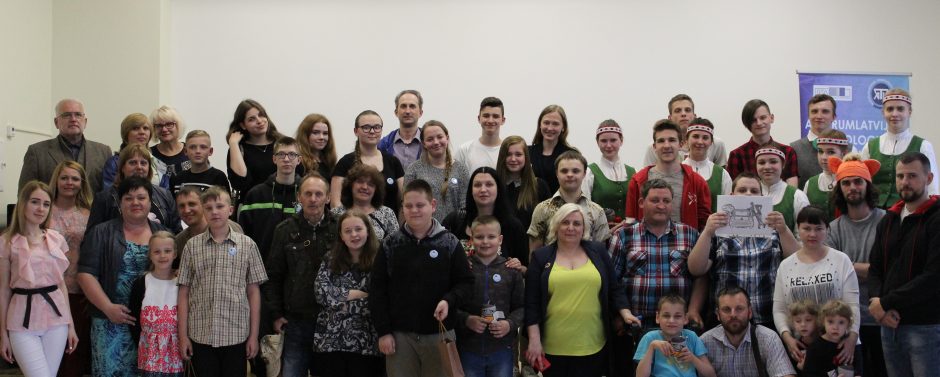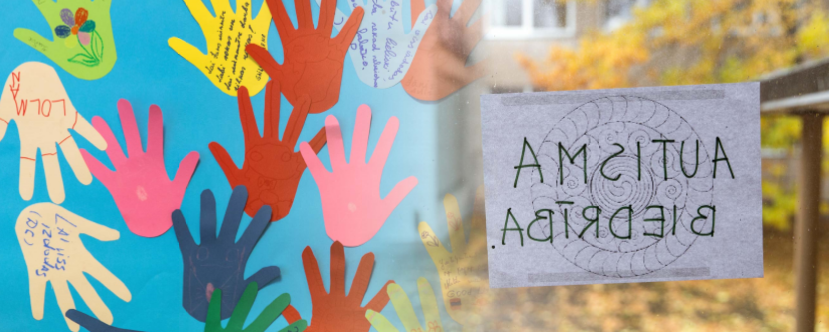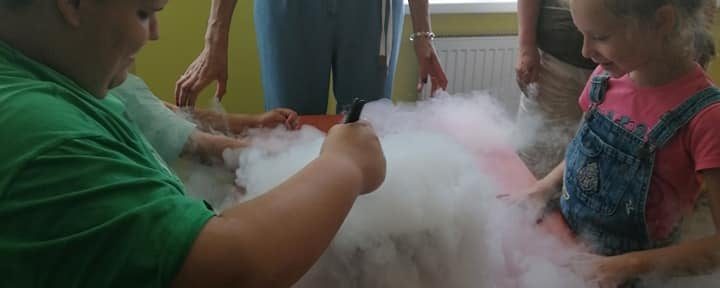- This topic is empty.
-
AuthorPosts
-
-
letamckenzie
Guest<br>Breadboards are good for simply prototyping circuits, however they are not that great for actually putting what you’ve just re working on the real thing. In this tutorial, I’ll walk you through the simple process of designing a really good PCB layout and then getting it printed out by a professional PCB designer. The functionality of your new circuit will largely depend on how it’s laid out on the final PCB, so in this article, ill give you many handy tips on how to maximize your design so that it gets built and function properly. This tutorial should also be helpful for those who would like to start designing their own PCBs, or even those who want to improve on an existing design. The PCB design industry is an ever-growing field, with an abundance of resources available for anyone who wishes to seek out help. When you loved this informative article and you would love to receive more info with regards to does gigabyte rtx 2080 gaming oc use a custom pcb generously visit the web site. With the proper research, a PCB designer can make even a completely non-functional design functional.<br>
<br>The first thing that you need to do is draw up a full color PCB layout (see section 6 for a sample layout), making sure to keep everything as neat as possible. Use high quality paper for this, such as A4, to ensure that the finished circuit is of the highest quality. Next, you’ll need to decide which type of custom pcb you’d like to use, liquid crystal display or resistive or metallic. Both have their pros and cons, and it is up to you to decide which one is best suited to your design needs.<br>
<br>Resistive PCBs, as their name suggests, use a different method for driving components than traditional printed circuit boards. These particular pcb components utilize two types of technology: passive and active components. The passive ones have a printed circuit board printed with conductors on one side, rather than on the top (active pcb’s only the front printed circuit boards). This means that the active pcb uses the same amount of electricity as the resistive one, while consuming significantly less in energy.<br>
<br>You can also use cheap components to construct your custom job. While cheap components may not last as long as you’d like, they are typically constructed using inexpensive materials (such as PVC, rather than expensive copper), and so they can be replaced easily. Furthermore, cheap components don’t typically include soldered joints, which make soldering joints essential for the functionality of your final product. These components are also easy to replace if necessary.<br>
<br>When looking for your custom pcb, you should also keep in mind the quality of any hardware that you will use to assemble your product. Many hardware companies (such as SparkFun) sell very cheap PCB hardware. If you’re able to find one in a decent price range, it might be okay to use this. However, keep in mind that cheap hardware can often have serious electrical problems, and can cause you great trouble if you connect them to your electronic projects.<br>
<br>For your custom printed circuit board, it is important to buy the right materials. The most common mistake when buying parts for your circuit board is buying the cheapest solder possible. Cheap solder sticks quickly deteriorate, making it very difficult to solder circuit traces onto the board. If you want to save some money, consider buying only a small quantity of solder, as this will keep the cost of each individual part down.<br>
<br>One of the best practices for building a custom PCB is to follow the layout for a particular project very closely. For the surface mount type of custom PCB, you should always start with a sheet of plywood (at least 0.nn mm thick), a layer of copper wire, a layer of insulation, a clear laminate or clear acrylic top layer, and then your custom printed circuit board. This process can be completed using a soldering iron, or even a piece of jewelry so it matches the design on your custom printed circuit board. However, you can also use a hot glue gun or other fasteners. By following this process, you ensure that all of the components of your custom PCB match.<br>
<br>Another important thing to remember for your pcb layout is to always use appropriate soldering directions. If you want to add extra layers of insulation to your circuit traces, you should always use the proper insulating layers, and not just any traces. The wrong traces on your pcb can make it very unstable, and it might even short out your printer or make it impossible to power the Printed circuit board. The right soldering direction ensures a stable connection between the layers of your pcb, and between the traces on your circuit traces. To find out more about choosing the right soldering directions, it is often helpful to talk to someone at your local electronics store.<br>
-
-
AuthorPosts







